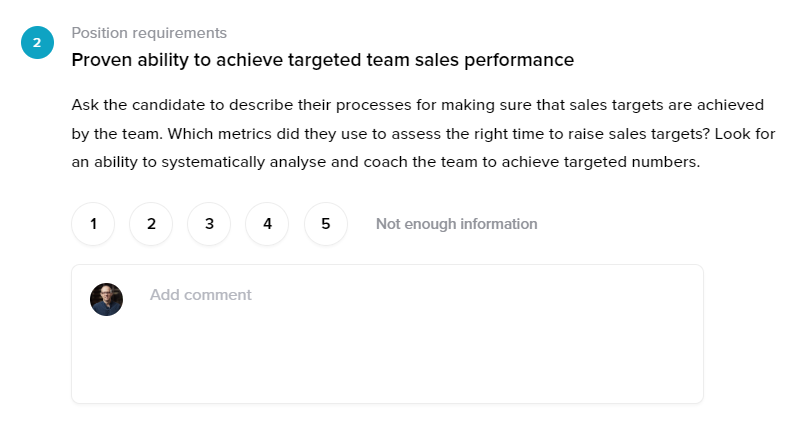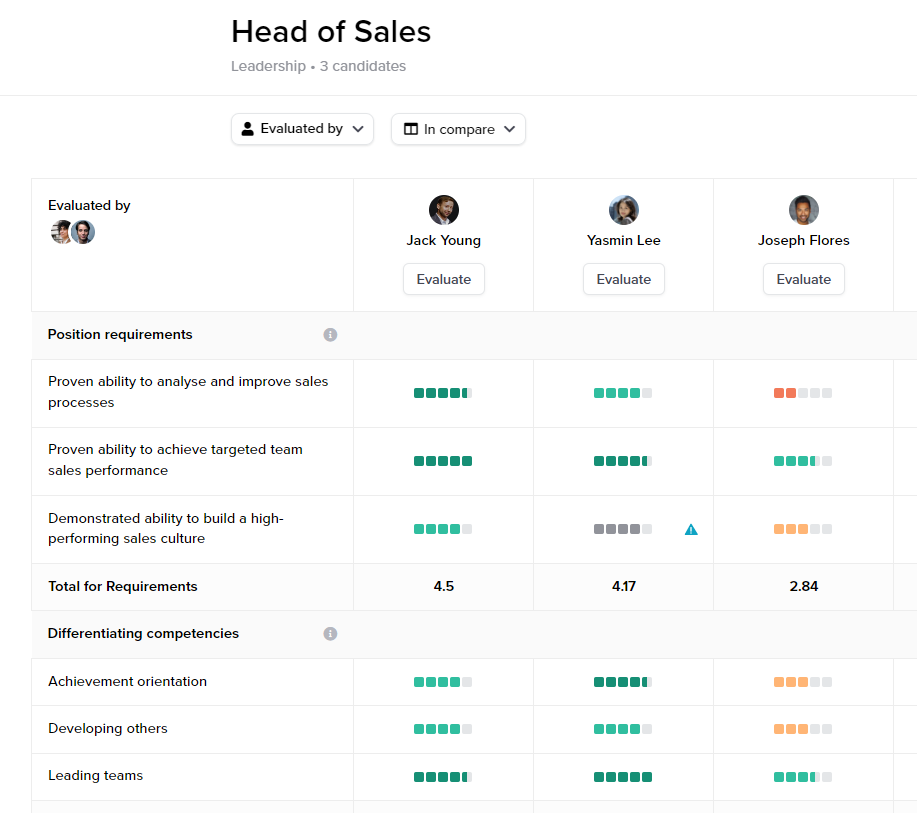How to use hiring scorecards
In a typical hiring situation, candidates are often declined for superficial reasons. For example, the candidate reminds me of someone is a widespread reason, and it has nothing to do with the job or the candidate's abilities.
Another often-used one is personal liking. It's not uncommon to hear from hiring managers that candidates were chosen because "they had the right energy and passion."
In short, typical buzzwords are used to rationalise intuitive decisions made during the first few minutes of meeting a candidate.
Research has shown that having a structured process and a scoring system is a must to drive out bias and focus on facts and data.
We have previously covered job analysis, behavioural interviewing, reference checks, and preparing for an interview, but today we will concentrate on using scorecards to make better hiring decisions.
What are scorecards?
Typically hiring scorecards include a series of criteria and scores for each candidate by each evaluator. Each criterion is evaluated separately, and the scores are added to give each candidate an overall score.
At Wisno, we use extended scorecards that include position-based key objectives, position requirements, and competencies, along with position-based interview questions in an easy-to-use and intuitive interactive guide:

Example candidate- and position-based interview question
Using scorecards creates a level playing field for all candidates, ensuring that each is evaluated based on the same criteria. For evaluators, it establishes an easy-to-follow framework and helps keep the focus on the things that matter.
As all candidates are evaluated (scored) based on the same criteria, it enables direct comparison between them.
When using Wisnio, all evaluation data is gathered into a comparison table with evaluation results on a per-criterion basis, along with overall results for all sections and candidates:

Example combined candidate scorecard/comparison table
Next, it’s time to make the hiring decisions. The easiest way is to look at the scores and choose the candidate with the highest overall score.
But ultimately, it’s the hiring manager's decision which of the candidates they will hire. They can look at all the scores and ask clarifying questions from evaluators in cases where the scores differ by a large margin or when the manager’s opinion is starkly different from other evaluators.
The easiest way to hire is to choose the candidate with the highest overall score.
It can also happen that some requirements are more important than others, and then more “weight” can be put into those scores.
But in the end, the hiring decision is one of those lonely decisions that hiring managers must make on their own. Consider all the pros and cons and the advice of your colleagues, and then make your own decision. Take your time - don't rush.
For more scorecards, check out our article - How to use hiring scorecards for better talent assessment.